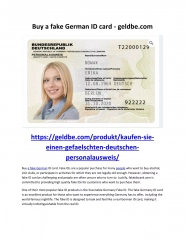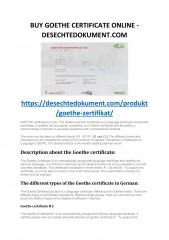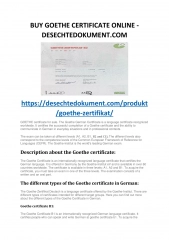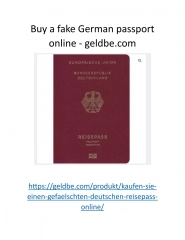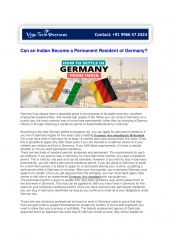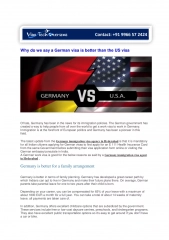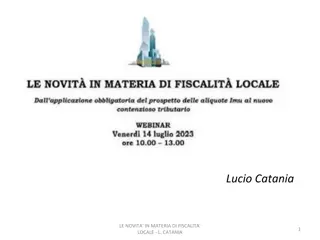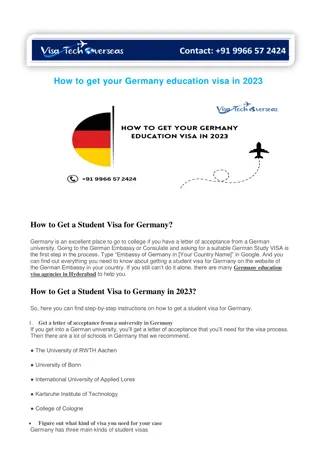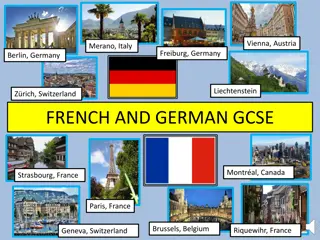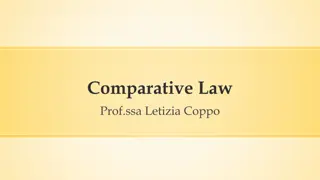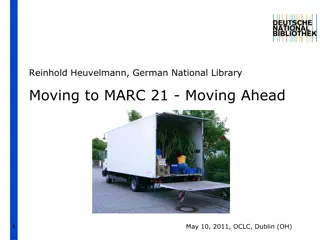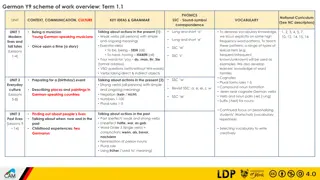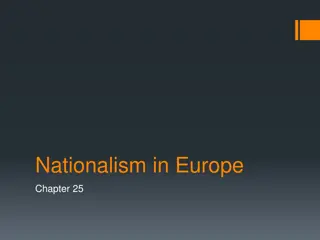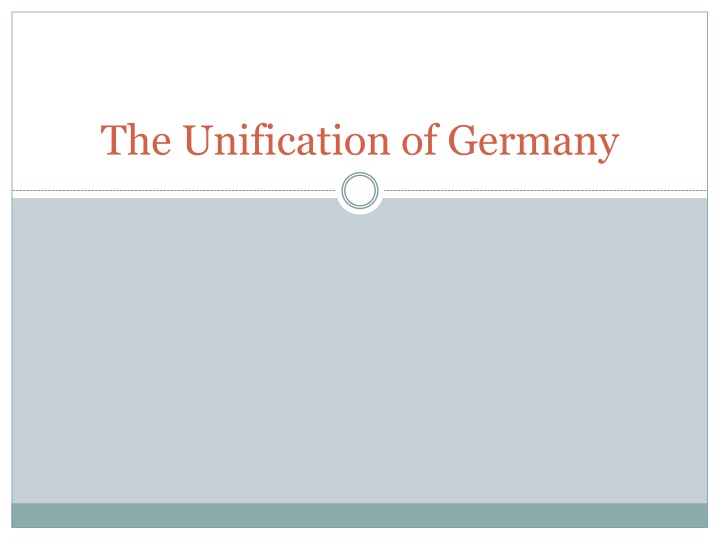
Unification of Germany in the 19th Century: Barriers, Forces, and Bismarck's Role
Explore the challenges and motivations behind the unification of Germany in the 19th century. Learn about the barriers such as state rivalries and religious divides, and the forces like Napoleon's influence and Bismarck's strategies. Discover how Otto von Bismarck led Prussia in the consolidation of a united German nation through Realpolitik and the famous "blood and iron" approach.
Uploaded on | 1 Views
Download Presentation

Please find below an Image/Link to download the presentation.
The content on the website is provided AS IS for your information and personal use only. It may not be sold, licensed, or shared on other websites without obtaining consent from the author. If you encounter any issues during the download, it is possible that the publisher has removed the file from their server.
You are allowed to download the files provided on this website for personal or commercial use, subject to the condition that they are used lawfully. All files are the property of their respective owners.
The content on the website is provided AS IS for your information and personal use only. It may not be sold, licensed, or shared on other websites without obtaining consent from the author.
E N D
Presentation Transcript
Objectives Today we will be able to identify the barriers to, and forces of, the unification of Germany in the 19th century.
Background to German Unification Prior to the French Revolution, there were more than 300 German states. Prussia and Austria were the largest. The Congress of Vienna reduced the number of German states to 39. The smaller number of German states encouraged feelings of nationalism and patriotism among these German states.
Barriers to German Unification Rulers of smaller states feared loss of power in a united Germany. Protestant/Catholic hostility. Economic differences between western industrial and agricultural eastern states.
Factors Encouraging German Unification Napoleon encouraged German unification with the Confederation of the Rhine. Intellectuals supported a German Nation: Frankfurt Assembly Congress of Vienna created a German Confederation made up of 39 states.
How Bismarck United Germany Prussia led German unification Otto von Bismarck led Prussia Conservative chosen as Prime Minister Stood for absolutism, Divine Right Monarchy and the Protestant Lutheran Church Did not trust people or democracy Master of Realpolitick Politics of reality William I, King of Prussia, appointed Bismarck chief minister in the Prussian Parliament, 1848.
Blood and Iron Not by speeches and resolutions of majorities are the great questions of the time decided upon but by blood and iron . Bismarck engaged in Realpolitick, by exploiting rivalries and balance of power considerations to unify the German areas.
Bismarcks Policies Made socialism illegal Improved working conditions Persecuted national and religious minorities, especially Catholics. Tried to isolate France by allying with Austria and Russia Use of Realpolitik Realpolitik Decisions not based on ideological or moral considerations, but are based on self-interest.
German Unification DBQ Analyze the primary sources related to German unification in the 19thcentury and respond to the questions on the handout.

